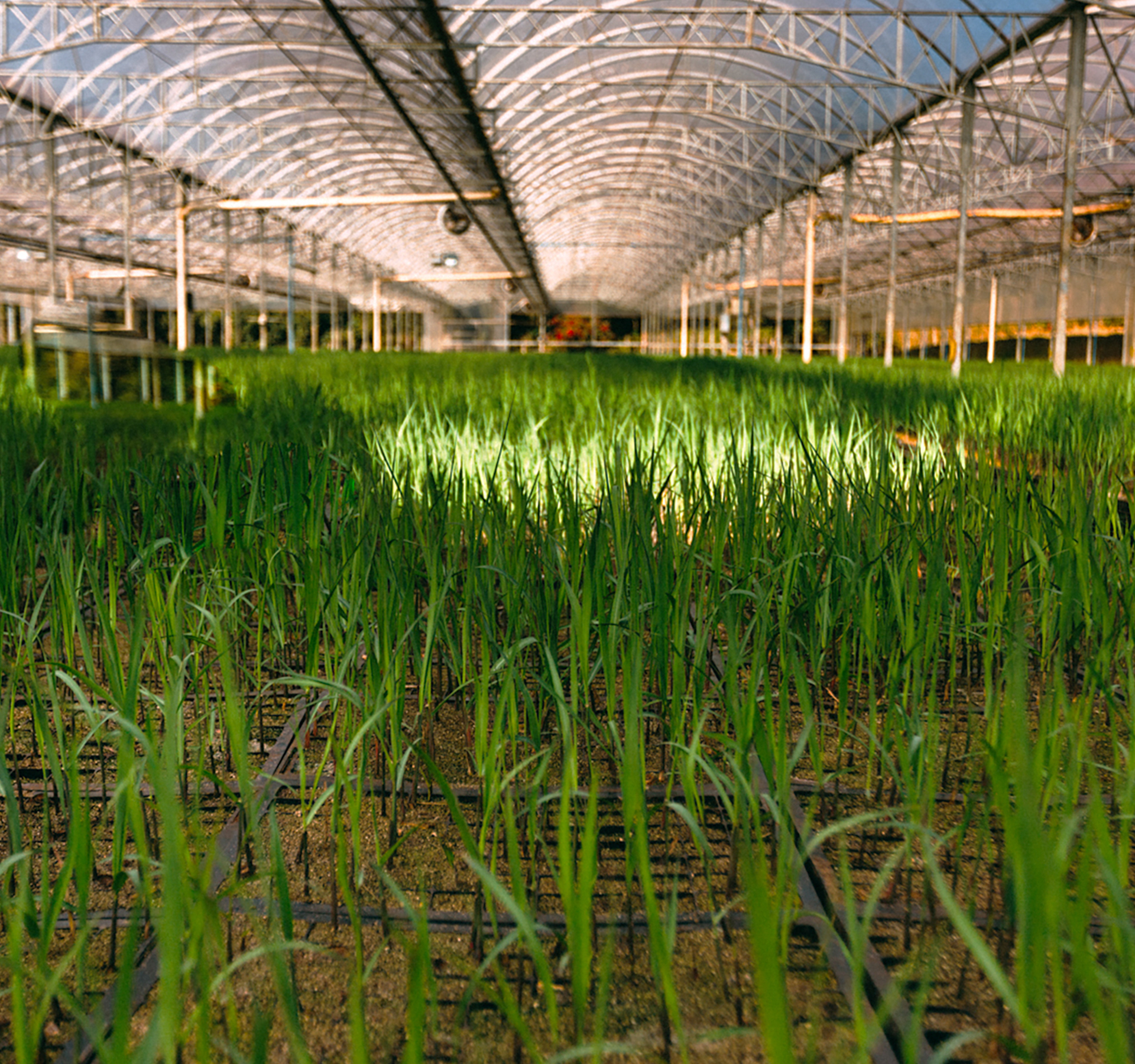
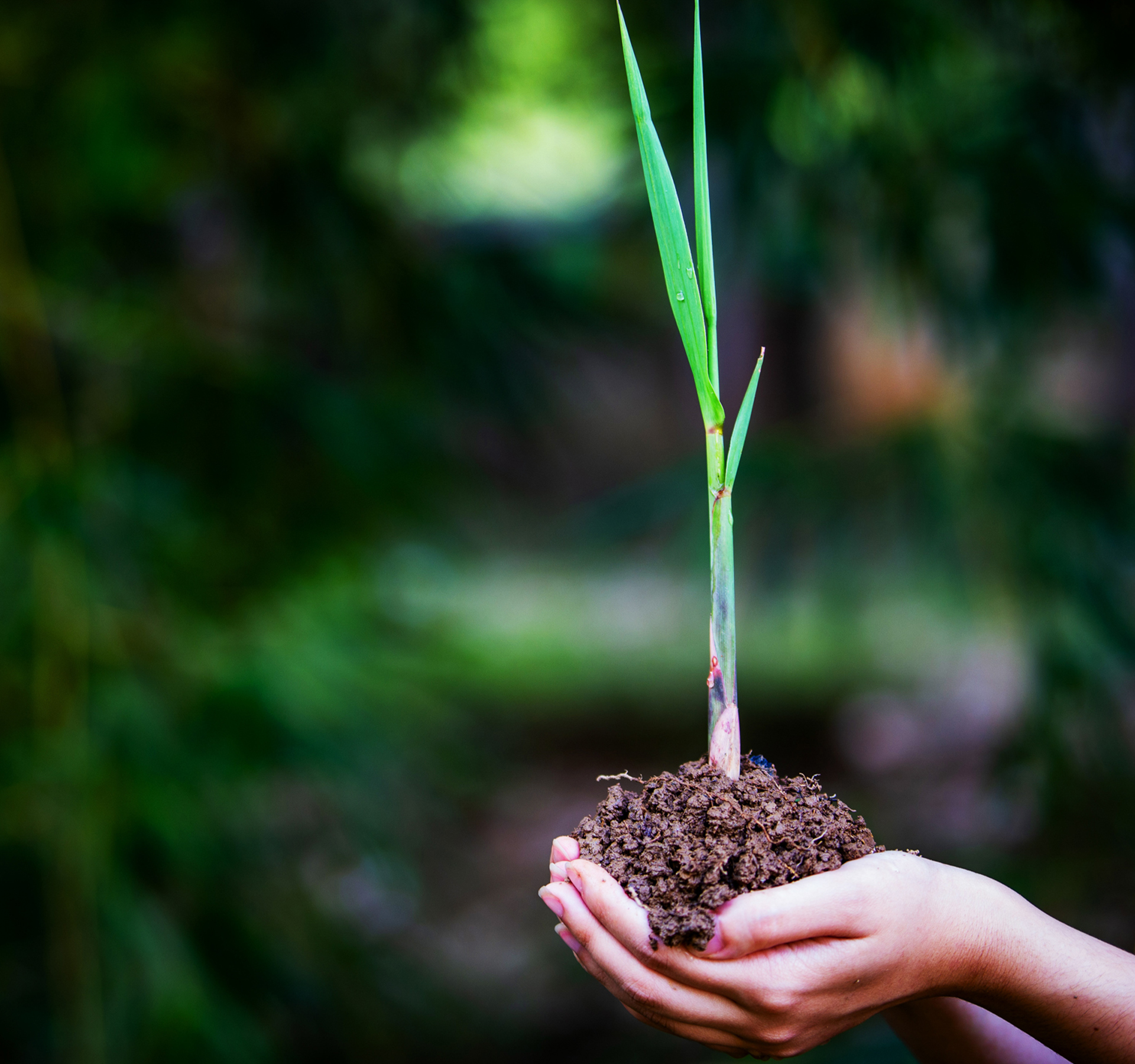
BIOELECTRICITY
Using only 15% of their potential, Brazilian sugarcane mills are the fourth most important electricity suppliers in Brazil’s electricity mix. Experts estimate that with full use of sugarcane residues, bioelectricity could reach 151,000 GWh to the grid.
Brazilian sugarcane mills learned to harness the energy stored in biomass by burning it in high-efficiency boilers to produce bioelectricity. As a result, these mills are energy self-sufficient, producing more than enough electricity to cover their own needs. A growing number of mills also generate surplus energy, which is supplied into Brazil’s National Interconnected System and helps to light numerous cities throughout Brazil. Thanks to sugarcane bioelectricity, in 2022, sugarcane mills supplied more than 18,400 GWh to the grid, or 4% of Brazil’s electricity requirements.
Accumulated generation in the last 15 years
According to the survey, in the last 15 years, from 2008 to 2022, the accumulated production of sugar-energy bioelectricity for the grid was 238,105 GWh, generation that would be enough to supply the world's electricity consumption for more than 4 days, the European Union for 31 days, China for 16 days, the United States for 22 days, the United Kingdom for 281 days, and Argentina for almost 2 years.
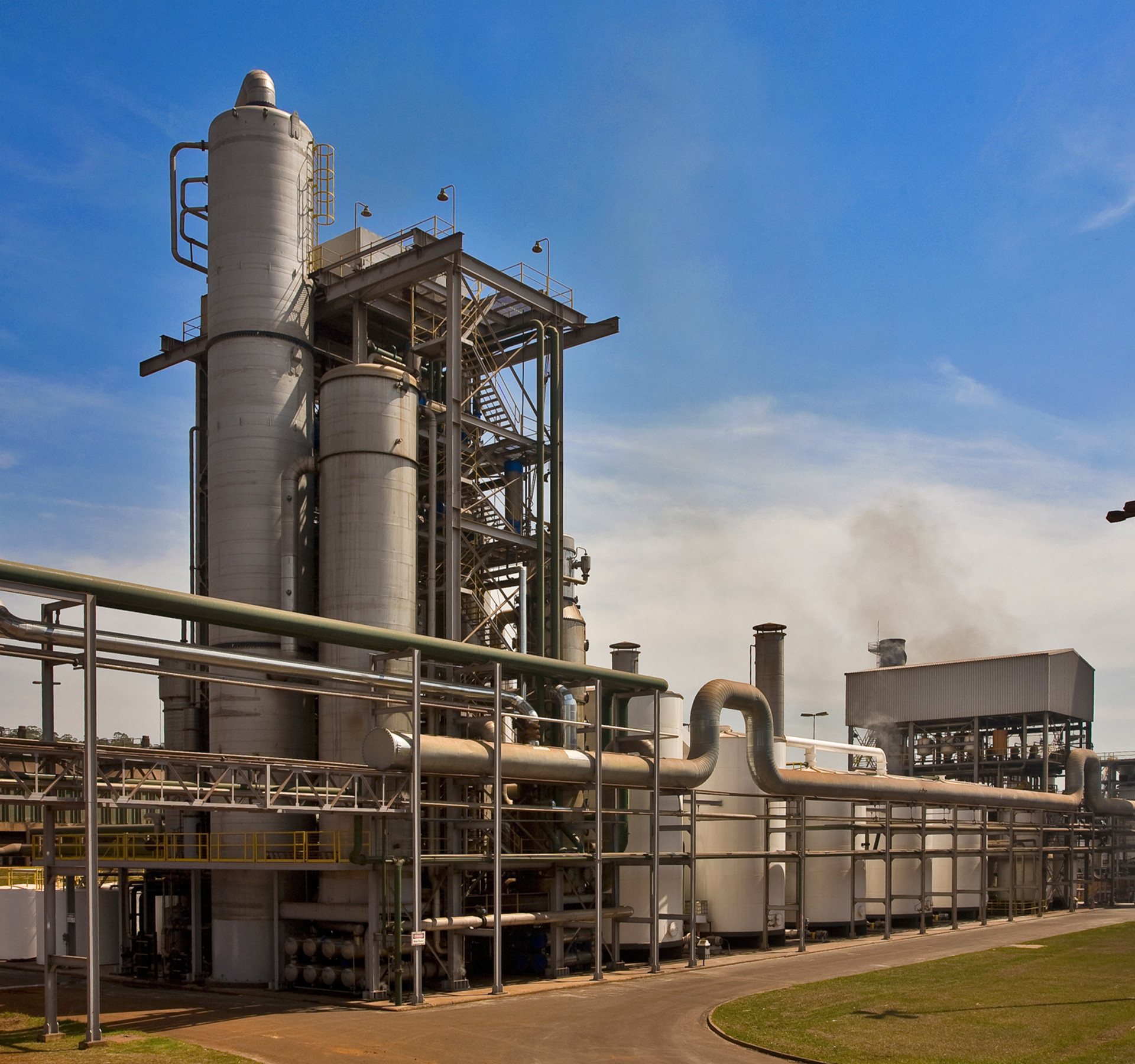
WHERE DOES BIOELECTRICITY FROM SUGARCANE COME FROM?
Bagasse
| The dry, fibrous residue left after sugarcane is crushed. One ton of cane produces about 250 kilos of bagasse (50% moisture)
Straw
| The tops and leaves of sugarcane stalks.
BIOELECTRICITY BENEFITS
- Low environmental impact
- Reduces GHG emissions
- Producers can obtain carbon credits
- Highly complementary to hydroelectricity
- Reduces energy transmission loss
- Generated closer to consumers, avoiding the need of investment in transmission centers
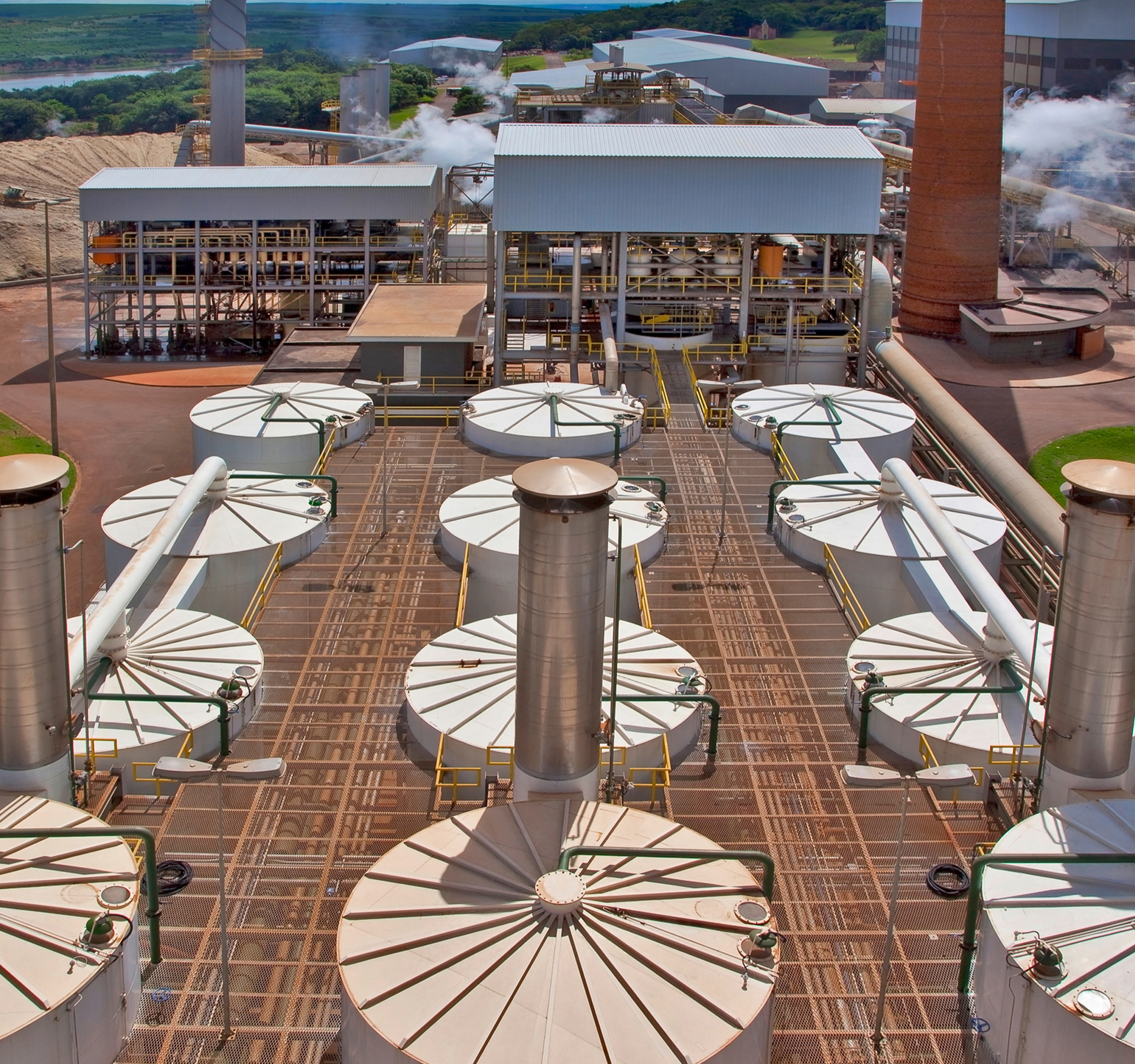
BIOGAS/BIOMETHANCE
Sugarcane increasingly stands out as a circular and sustainable economy. One example is the production of biogas from vinasse and filter cake, by-products of ethanol and sugar manufacturing.
The gas, resulting from the decomposition of organic matter by bacteria, can be used to generate bioelectricity or purified and transformed into biomethane, which has the same characteristics as natural gas or be a substitute for diesel. As a renewable fuel, biomethane emits up to 95% less greenhouse gases than fossil fuel.
The Brazilian sugar-energy sector has the technical potential to offer the National Integrated System (SIN) 17,600 GWh of bioelectricity generated from biogas. This volume is enough to supply 12% of Brazil's residential consumption in 2021.
The current Brazilian production of biomethane is approximately 400 thousand cubic meters per day, but with capacity to reach 30 million cubic meters per day by 2030. Based on these data, the Energy Research Company (EPE), projects that the production of biogas may reach 34.9 billion cubic meters of biogas and biomethane, 19.2 billion cubic meters by 2032. This volume is enough to supply 20% of the fossil fuel demand of Brazilian agribusiness.
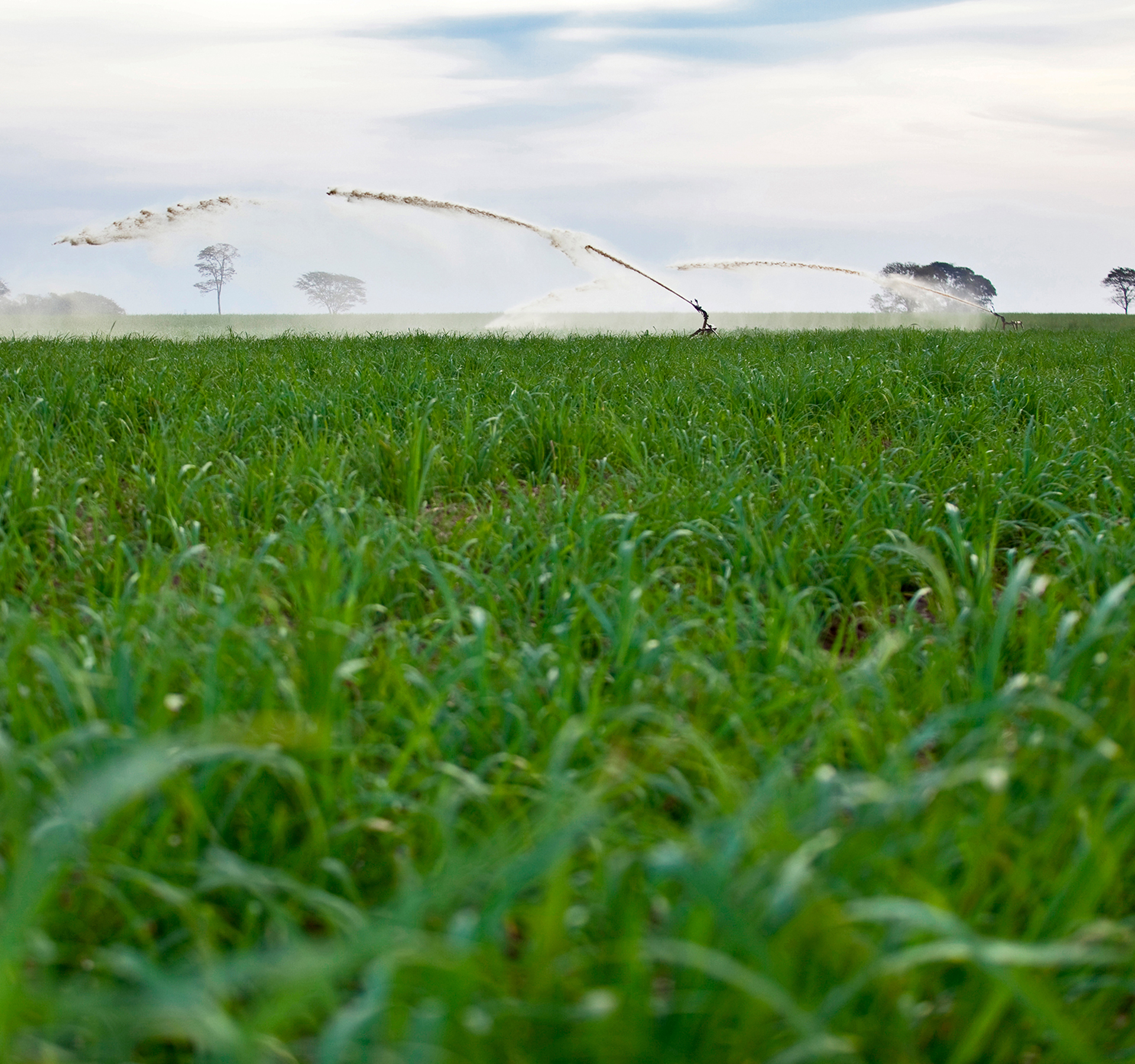
FERTILIZERS/VINASSE
Vinasse is one of the main by-products of the sugarcane industry, and is the result of the ethanol manufacturing process. For every 1 liter of biofuel, approximately 12 liters of vinasse are generated. This incredible volume of vinasse corresponds to a solution rich in minerals - especially potassium -, organic matter and water.
The use of vinasse for soil fertirrigation (fertilization + irrigation) is widely adopted by the Brazilian sugar-energy sector, approximately 40% of all cultivated sugarcane area is fertirrigated with vinasse, being recognized by environmental agencies as an excellent example of circular economy and bioeconomy.
This is not just the reuse of an industrial waste, but a model of organic fertilization with potassium, calcium, magnesium, phosphorus, nitrogen, and sulfur, which ensures environmental and economic efficiency in soil management by the productive sector.Besides the already mentioned agronomic use, the vinasse has also shown an enormous potential for its energy use.
Being composed of a range of 93% to 97% water and 7% to 3% solids, of which approximately 75% are composed of biodegradable organic matter and 25% are formed by minerals, vinasse can be an important source for the production of biogas, biomethane and bioenergy.
The energy use of vinasse occurs through the biodigestion process of the organic matter present in its composition. In this matrix, energy production occurs without any loss of fertilizing potential of vinasse, i.e., it is a model of biorefinery, with the use of waste, replacement of fossil and chemical inputs, in association with the production of clean water at the end of the process. The agronomic and energetic use of vinasse is just one more example of how the sugar-energy production chain has sustainability as its basic foundation.

